Wine Enthusiast |
- The Oregon Winemakers Going Rogue with Biodynamic Bubbles and Global Grapes
- The Light Stuff: 11 of Our Favorite Low-ABV Red Wines
- Four of the Best Winery Architecture Firms Today
| The Oregon Winemakers Going Rogue with Biodynamic Bubbles and Global Grapes Posted: 27 Aug 2021 05:01 AM PDT  Formally recognized in 1991, Oregon’s Rogue Valley American Viticultural Area (AVA) is south of the Umpqua Valley AVA. Both are part of the larger Southern Oregon AVA. Given their relative isolation and distance from the tourist-heavy Willamette Valley, Rogue wineries have been largely unencumbered by Oregon's reputation as "the Pinot Noir state." The region's roughly 4,000 vineyard acres are planted to more than 50 varieties, about two-thirds of which are red. Near its western border, the ocean-influenced climate favors white wines. As you venture east, it's warmer and drier than the Willamette Valley, and it's more diverse in its varieties. Rogue Valley winemakers are inclined to experiment in the vineyard and the winery. They have found notable success with Mediterranean and Iberian varieties. But don't rule out the state's standbys: Chardonnay, Pinot Gris and Pinot Noir. All three thrive in the south, and many Oregon wines that are widely available depend upon Rogue Valley grapes. Here are profiles of five leading Rogue Valley producers, all with distinct strengths. Remarkable Rosés and Rhônish Reds Quady NorthTongue firmly in cheek, Herb Quady titles himself "Fearless Leader, Chief Instigator, President for Life and Assistant Bottlewasher." His family's California winery is known for its array of sweet wines, but Quady set out to explore other styles when he and wife Meloney founded Quady North in 2005. There are two estate vineyards, named for daughters Margaux Mae and Serafina Eevee, which are planted to a dizzying range of southern French and Bordeaux varieties. Described as "Pan-Rhônish with a distinct Loire-ish influence" the Quady North portfolio impresses with its variety, innovation and value. Winemaker Brian Gruber believes diversity is a strength of Rogue Valley. "That means that we can do a lot of things very well, but the key is matching varietal to site and microclimate." Along with region-defining varietal wines are carefully crafted blends. The Arsenal is 80% Cabernet Franc, 10% Merlot and 10% Malbec, three grapes that have Gruber particularly excited. It's given extra bottle age, with 2014 the current release, and is a fine value. Another budget-friendly bottle is GSM, a blend of 43% Grenache, 41% Syrah, 16% Mourvèdre, and a fruit-bomb of a wine in the best sense. Quady North also produces three rosés: a GSM, a bottling of Grenache and one of Counoise. Each is made with grapes specifically farmed for the rosé program and emphasize aromatics, lower ripeness and bright, natural acidity. Separate yet integral is the Barrel 42 custom-crush operation. It serves roughly 20 customers and accounts for about 70% of the business. Quady explains that it serves an important function as an incubator and service provider. "Starting up a small brand is extremely difficult and expensive," he says. "Custom-crush houses such as Barrel 42 allow these small enterprises to build themselves from the ground up." From Pinot Noir and Chardonnay to Blockbuster Barbera DanCin VineyardsDespite its 150-year history, Rogue Valley viticulture remains highly experimental. DanCin is among the leaders. The brand burst on the scene in 2010 with five Pinot Noirs, three of which included Rogue Valley fruit, and a single Chardonnay. Back then, Rogue Pinot grapes were generally consigned to inexpensive "Oregon" blends. "The 2010 Adagio was our inaugural estate Pinot Noir," says owner Dan Marca. "It's a dance term meaning 'first movements that lead to others.' This wine honors Swiss immigrant Peter Britt, who planted the first vineyard in our region more than 150 years ago." From there, the DanCin portfolio quickly grew. Experimentation with multiple Pinot Noir and Chardonnay clones produced as many as 15 Pinot Noirs and seven Chardonnays. Those classic Oregon varieties, which currently occupy two-thirds of the estate vineyard, have been joined by a long-term commitment to Italian varieties, particularly Barbera and Sangiovese. Marca's heritage is Italian, and DanCin's hometown of Medford is a sister city to Alba. So, its work with Italian varieties has been planned from the start. Drawing inspiration from the winery's "more delicate" Burgundy program, the Italian wines are handled gently, fermented with native yeast and aged in tight-grain French oak. The Barbera has been a revelation. The 2017 was a massive, black-fruited, brilliantly balanced wine. A Port-style version and a rosé were bottled in 2019. But the experimentation doesn't stop there. "We recently bottled a unique red blend (Pinot Noir and Barbera) named Synergy," says Marca. "It represents the best of Burgundy and Italy." Tasted pre-release, the 2018 Synergy surprised with its comfortable two-grape alliance. The Barbera, which represents 75% of the blend, dominated. The Pinot Noir, not a grape generally blended with anything, added a lightness, elegance and a vein of raspberry to the darker flavors. Everything in the Right Place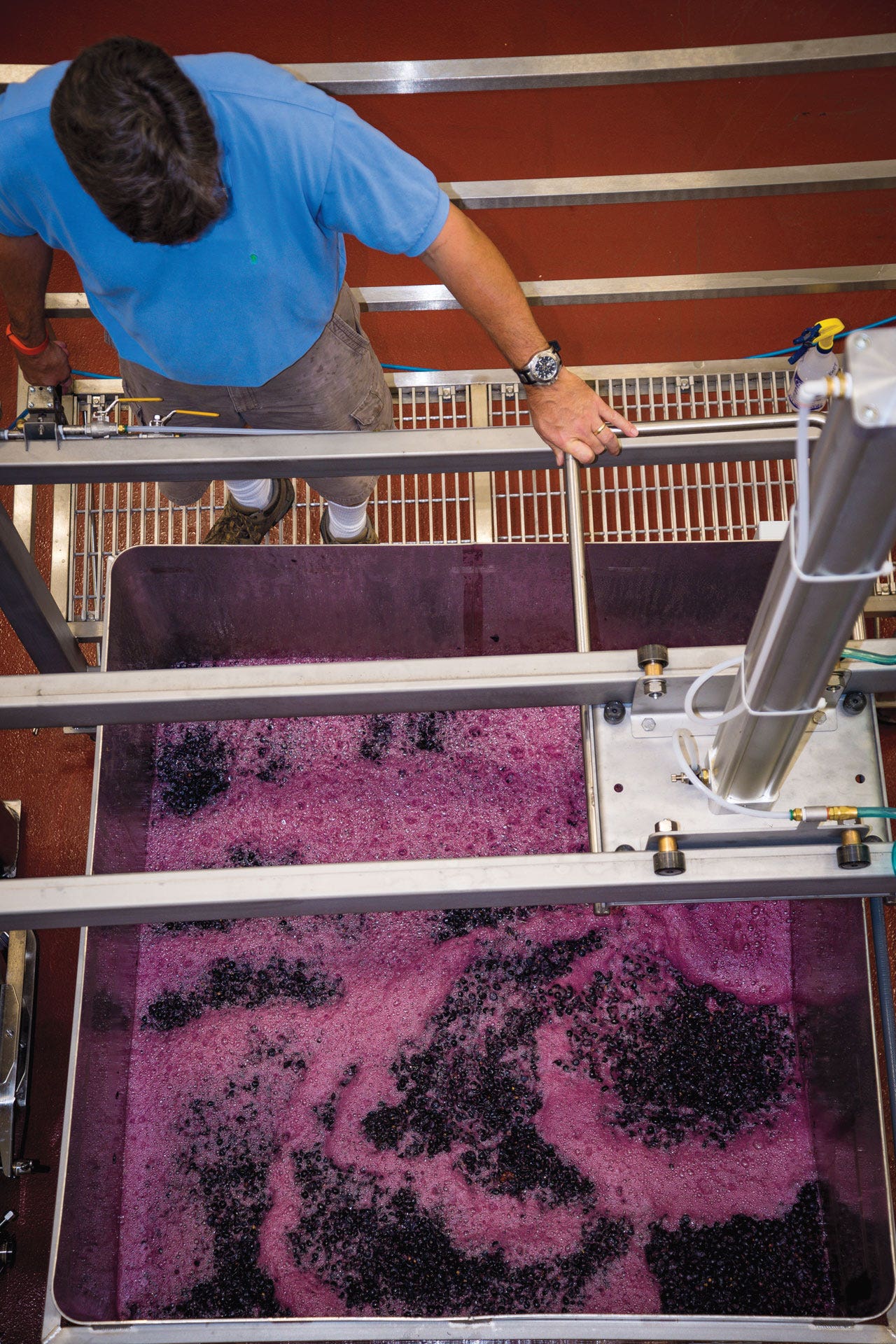 2HawkPerhaps no Rogue Valley winery covers more viticultural geography than 2Hawk. Chardonnay (Burgundy), Sauvignon Blanc (Loire), Cabernet Sauvignon and Malbec (Bordeaux), Viognier, Grenache (Rhône) and Tempranillo (Iberian) all succeed admirably. How is this possible? Winemaker Kiley Evans answers cautiously. His advice to those who seek to plant a vineyard in Rogue Valley would be to start with Syrah, Malbec, Tempranillo and Grenache. "Those red varieties are what I have found express authentic varietal character and vintage variation as well as consistently ripening even in cooler vintages like 2010 and 2011," he says. Evans says that they also produce well if planted appropriately, and they command economically sustainable prices for growers.
Less surefire, though often successful, are Bordeaux varieties, especially Cabernet Franc and Malbec. Looking at the big picture, Evans says that "the valley is so geologically diverse that a credible argument can be made for a large number of other varieties such as Mourvèdre, Pinot Noir, Cinsault, Cabernet Sauvignon and Petit Verdot." Among white grape options, Evans favors Sauvignon Blanc and Viognier, but also gives a nod to Albariño, Chardonnay, Grenache Blanc, Gruner Veltliner, Marsanne and Roussanne, provided they're planted in the right place. "I realized a long time ago that regardless of variety, grapevines really like a continental, almost desert-like climate with wide diurnal temperature swings," he says. "We are fortunate that we have a climate that has the heat to generate vigorous growth, intense sunshine to generate photosynthate [sugar] and ripe berry skins, and cool nights during the critical ripening period to preserve acidity and aromatic complexity. We've seen practically every commercial grape variety be successfully grown and critically acclaimed in the valley." By this measure, the Rogue Valley is the opposite of the Willamette Valley, where a few grapes led by Pinot Noir have essentially defined Oregon wines for decades. As Rogue Valley winemakers sort through their embarrassment of enological riches and explore what does best where, Oregon's global reputation will grow past just great Pinot Noir, which should benefit all. Biodynamic Bubbles from the Kubli Bench Troon VineyardTroon's history dates to the 1970s, but a recent ownership change has breathed new life into the wines and vines. Now farmed biodynamically, the estate vineyard occupies the Kubli Bench in the Applegate Valley sub-AVA. Winegrower Craig Camp offers this overview of the terroir: "The Kubli Bench is about five miles long and three miles wide at its widest point. It is an ancient bench of the Applegate River, defined by a steep elevation of 20 or more feet as it sits above the flood plain. It has a distinct mesoclimate that is clearly seen in the winter. When the surrounding area is covered with fog, the Kubli Bench is under sunny skies." The Siskiyou Mountains provide a stunning background to the vineyard, whose unique soils include decomposed granite in addition to river and ocean sediments. There are dramatic day-night temperature shifts of 50˚F or more degrees during summer. Slightly cooler and wetter than more eastern parts of the Rogue Valley AVA, the harvest here lingers into October. Fruit can hang longer to achieve flavor and phenolic ripeness without dramatically increasing sugar and alcohol levels, and still maintain robust acidity. Among the more unusual recent releases from Troon are Piquette!, a lightly fizzy wine made by refermenting pomace, and two pétillant-naturels, one from Tannat and the other a 50/50 cofermented blend of Sangiovese and Montepulciano. Such experimentation, says Camp, is natural for a new and growing region. "We are a young AVA and vineyard, and exploration of the potential is our mission and why we are here," he says. "We hope what we learn will create a roadmap for the Applegate wineries of the future." Look for Rhône-style white blends and a rich Vermentino from the estate. There's also a pair of bright and fruity Syrahs and a potent, cofermented blend of Tannat and Malbec, dubbed Cuvée Pyrénées. Another unusual success is the Amphorae Amber, an orange wine also made with Vermentino grapes. High Value Alpine Wines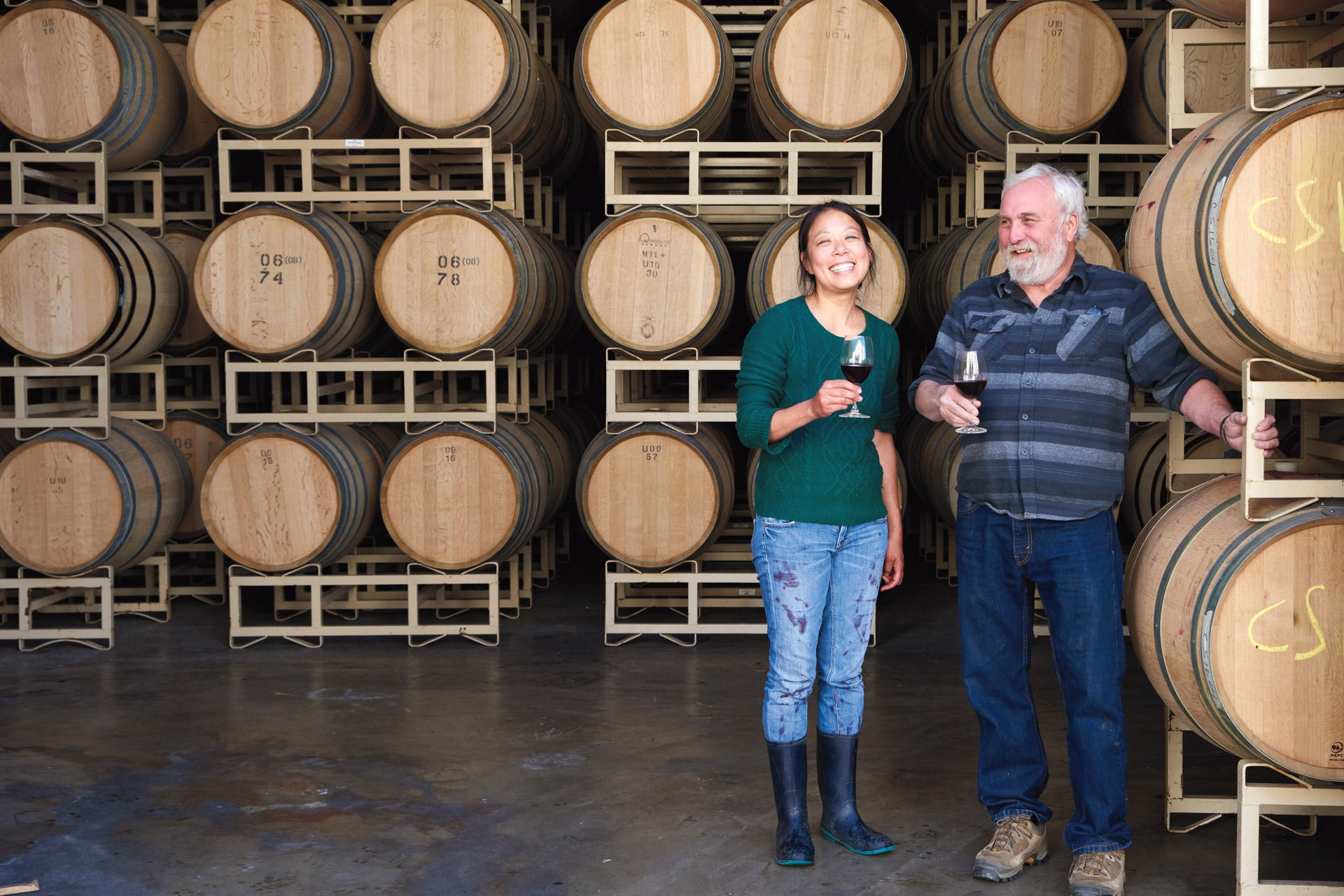 Foris WineThe Rogue Valley AVA incorporates three adjacent river valleys: Applegate, Illinois and Bear Creek, all of which possess tributaries to the Rogue River. In the southwest corner is the Illinois Valley, where the Foris winery and vineyards are located, just a few miles from the California border. Isolated and deeply influenced by coastal mountains and ocean breezes, this heavily forested region is cooler and wetter than the rest of the Rogue Valley AVA. Therefore, it has a different varietal focus. Foris's founding Home Vineyard is the southernmost vineyard in the Pacific Northwest. Established in 1986 by Ted Gerber, it has been a bastion of value-oriented, Alsatian-influenced white wines ever since. Cedar Ranch is another Foris site where the white varieties attain expressive freshness and crisp acidity. A third site, Maple Ranch, sits on a bench at the back of the valley and is the prime location for the winery's Pinot Noirs. Stephanie Pao took over winemaking in the spring of 2017. She studied at University of California, Davis, and worked at wineries in California and Washington, as well as Bethel Heights and Lemelson in Oregon. She credits the high altitude and well-draining, gravelly soils as important contributors to its wine styles. Look for crisp and immaculate dry Gewürztraminers, Pinot Blancs, Pinot Gris and Rieslings, all priced around $15. There's also an elegant yet complex rosé of Pinot Noir, and red Pinots that recall some from alpine regions in Italy and France. Foris has earned more Best Buy designations from Wine Enthusiast than any other estate winery in Oregon. |
| The Light Stuff: 11 of Our Favorite Low-ABV Red Wines Posted: 27 Aug 2021 04:30 AM PDT  While there’s a time and place for hearty, heavy red wines, other seasons and situations call for reds that are lighter in style and lower in alcohol. California, Oregon and Washington are great places to turn to when looking for those kinds of wines. Think beyond the usual suspects like Pinot Noir, too. Plenty of other varieties from these regions offer big flavor for less than 13% abv (alcohol by volume). Madson 2019 Toyon Vineyard Pinot Noir (Santa Cruz Mountains); $50, 94 points. Wet oregano, bay-leaf and pine-needle aromas are layered across tart cranberry, raspberry and currant on the zesty nose of this bottling. The palate is bright and tart, with cranberry at the core, as juniper and gin-like botanical touches round out the experience. —Matt Kettmann Waits-Mast 2017 Mariah Vineyard Pinot Noir (Mendocino Ridge); $42, 93 points. This wine has an earthy, rustic charm from its rather light, tawny-garnet color to aromas of turned earth and leather to grilled plum and cigar-box flavors. It’s fascinating to taste and certainly stands out from the many current rich Pinots. — Jim Gordon Kelley Fox 2019 Mirabai Pinot Noir (Dundee Hills); $37, 92 points. The hallmark of Kelley Fox wines is elegance, exemplified here in this blend of old vine Maresh Vineyard and Weber Vineyard grapes. It’s light and lively, with subtle savory notes and tart raspberry fruit. Tannins are gently ripened and trail out with hints of chamomile tea. — Paul Gregutt Lumen 2017 Sierra Madre Vineyard Pinot Noir (Santa Maria Valley); $62, 92 points. Lighter and a muddier shade in the glass than a typical Pinot, this slightly aged vintage shows baked cherry, iron and sagebrush on the nose. There’s a pleasantly peppery spice to the palate, which is full of crunchy peppercorns, bay leaf and juniper, set against a tart raspberry core. —M.K. Tolosa 2019 El Coro Pinot Noir (Petaluma Gap); $130, 92 points. This is a taut, linear and high-toned red from the windswept site, bristling in crisp, delicate layers of grapefruit and tangerine. The fruity intensity is matched by savory elements of forest floor and tea, adding worthy contrast and complexity. —Virginie Boone W.T. Vintners 2018 Stoney Vine Vineyard Syrah (Walla Walla Valley); $49, 92 points. This is an expressive Rocks District wine coming in at an unseen alcohol level for the state. The aromas explode from the glass, with notes of raspberry, cranberry, rose hip, smoked meat, medicine, potpourri and sage. The smoked meat flavors possess compelling freshness and purity. Editors' Choice. —Sean P. Sullivan Notre Vue 2019 G-S-M (Chalk Hill); $69, 91 points. Floral, full and fleshy, this richly layered and ripe red blends 51% Grenache, 20% Syrah and 29% Mourvèdre. Strawberry and vanilla flavors accent the creamy texture, with a lifted freshness to the finish. —V.B. Stolpman 2020 Syrah So Hot Syrah (Ballard Canyon); $42, 91 points. Fresh and snappy aromas of elder-berry are given an earthy kick from wet soil elements on the nose of this sulfur-free bottling. A firm tannic profile wraps around the palate, where elderberry and elderflower flavors coalesce. —M.K. Fortino 2016 Malbec (Santa Clara Valley); $28, 90 points. This is a fine example of the potential for Santa Clara Valley vineyards. Aromas of charred meat, roasted red fruit and pepper lead into a savory, medium-bodied palate of more pepper, dried herbs and baked fruit. Editors' Choice. —M.K.
Iris Vineyards 2019 Pinot Noir (Willamette Valley); $22, 90 points. With each new vintage, Oregon vintners seem to deliver more and more quality in affordable (under $25) Pinot Noirs. Here’s a good one. Light and peppery, varietal and balanced, it’s an easy-drinking wine with details of citrus rind. It shows the delicate complexity of the grape without relying on new oak barrels to add extra weight. Enjoy this over the next two or three years. Editors' Choice. —P.G. Shumaker 2019 Pinot Noir (Tualatin Hills); $28, 90 points. There’s a lightly leathery note suffusing this young Pinot, sourced from the estate vineyard in the new Tualatin Hills AVA. Wines from this location, in the northwest corner of the Willamette Valley, attain moderate ripeness at low sugar levels, given extended hang time. Elegance is the calling card, here in a wine with pretty raspberry fruit, hints of blood orange, a touch of mushroom and baking spices accenting an extended finish. —P.G. |
| Four of the Best Winery Architecture Firms Today Posted: 27 Aug 2021 04:00 AM PDT  Wine and sophisticated design often go hand in hand, and architecture firms are earning stellar reputations for their innovative and artful winery projects. It's a complicated challenge that requires designers to respond to the landscape, fulfill the demands of a working production facility and visitor center, and give shape to the personal vision of the winemaker. Here are four of the best architecture firms currently working in the winery world. Olson KundigSeattle-based Olson Kundig won a 2021 American Institute of Architects National Architecture Honor Award for its design of Martin's Lane Winery. Perched on a hillside overlooking Lake Okanagan, in Kelowna, British Columbia, the structure's striking angularity harmonizes with vine-covered slopes. "Ultimately, winemaking is about the land, or terroir," says Tom Kundig, the firm's co-owner and design principal. "How you relate to that land as a winemaker brings out the special qualities of the wine. Likewise, my approach to architecture is always grounded in context. If you start with the primacy of the site, everything else becomes a direct response to that particular place."  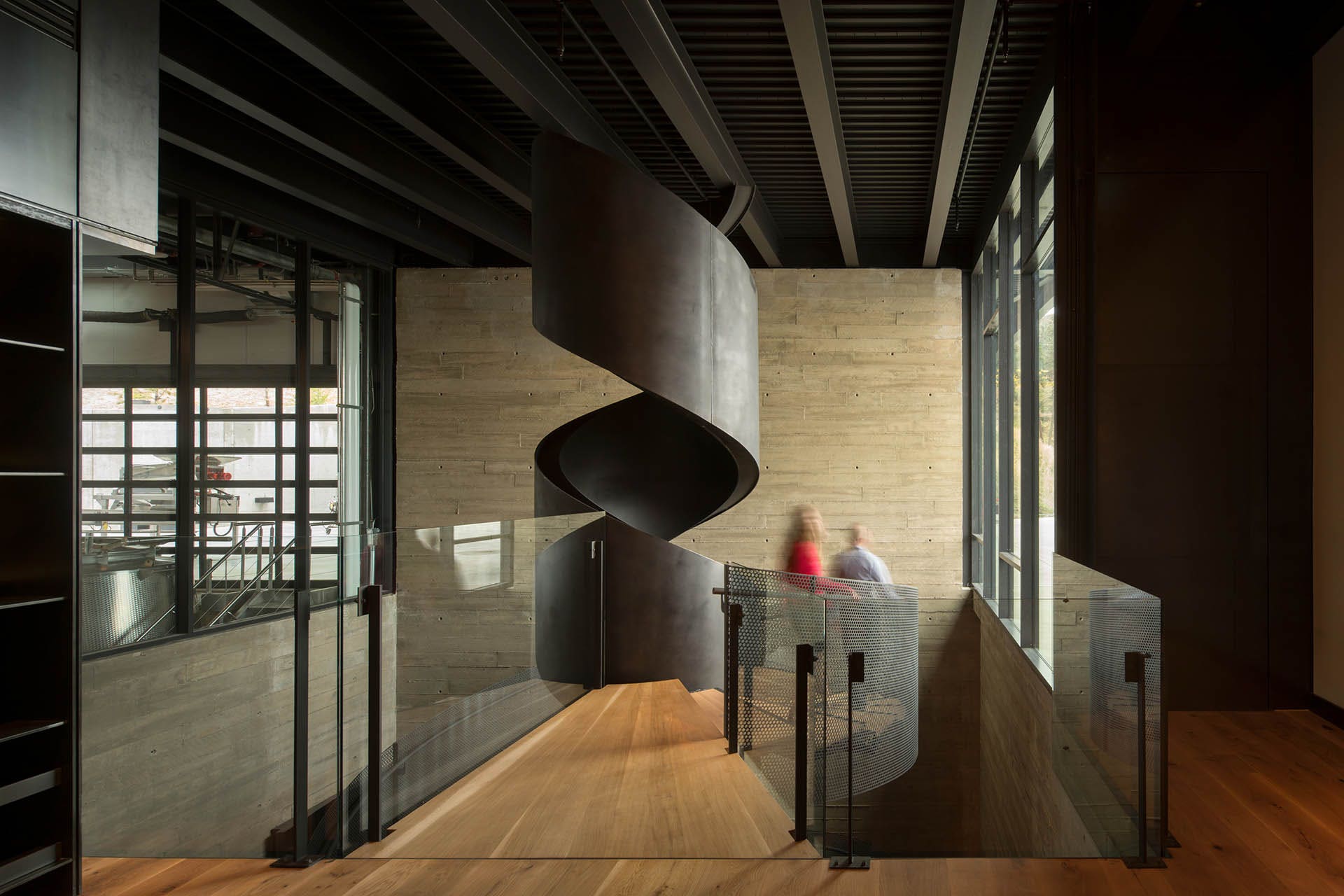 The firm's design for Martin's Lane works with the steep site, allowing winemakers to use a gravity-assisted technique to gently handle delicate Pinot Noir grapes. "The idea for Martin's Lane Winery came from thinking about that relationship between the building as a gravity-flow winery that steps down the hill following the natural topography of the site, and the cantilevered hospitality area where you taste the wine and look out over the natural landscape—the terroir—beyond," explains Kundig. "Martin's Lane is about the intersection between those two realms of winemaking on a hill. There's a beauty in the function and process of winemaking, and a building that clearly expresses that function."  Signum Architects"A production winery is a working building," says Juancarlos Fernandez, partner at St. Helena, California-based Signum Architecture. "It needs to function closely with the land and vines, taking into account delivery of the grapes, crush, fermentation and every other process that goes into making wine. Wineries are also very personal expressions of the dreams and aspirations of the winemakers." Signum's designers embrace that balancing act. The buildings they created for Aperture Cellars pay tribute to winemaker Jesse Katz's close relationship with his father, photographer Andy Katz. "We filtered our design process through the exploration of the camera—specifically the aperture of a lens—deconstructing the elements of an aperture's hexagonal shape and reassembling them to form the massing for the two buildings," says Fernandez. 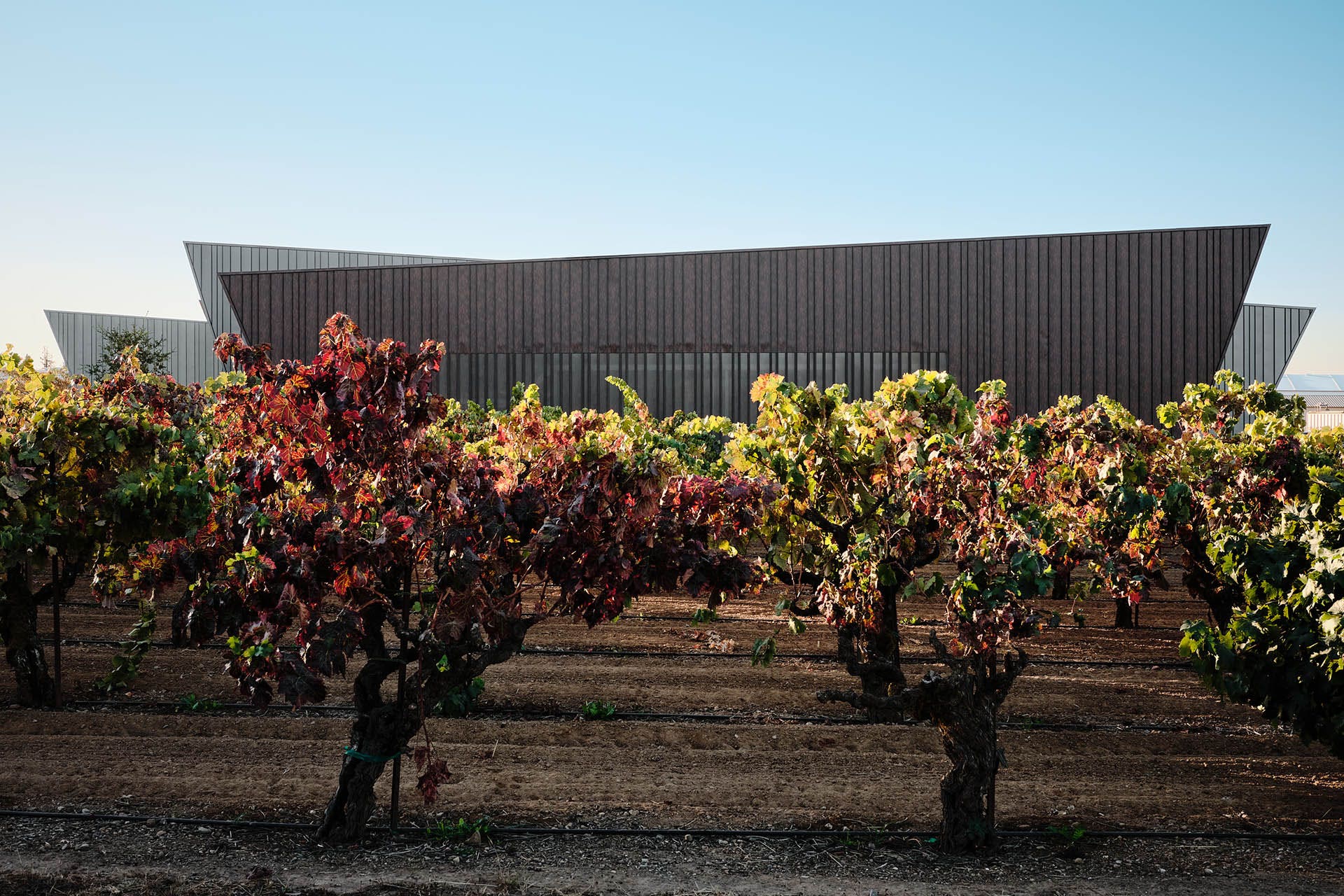 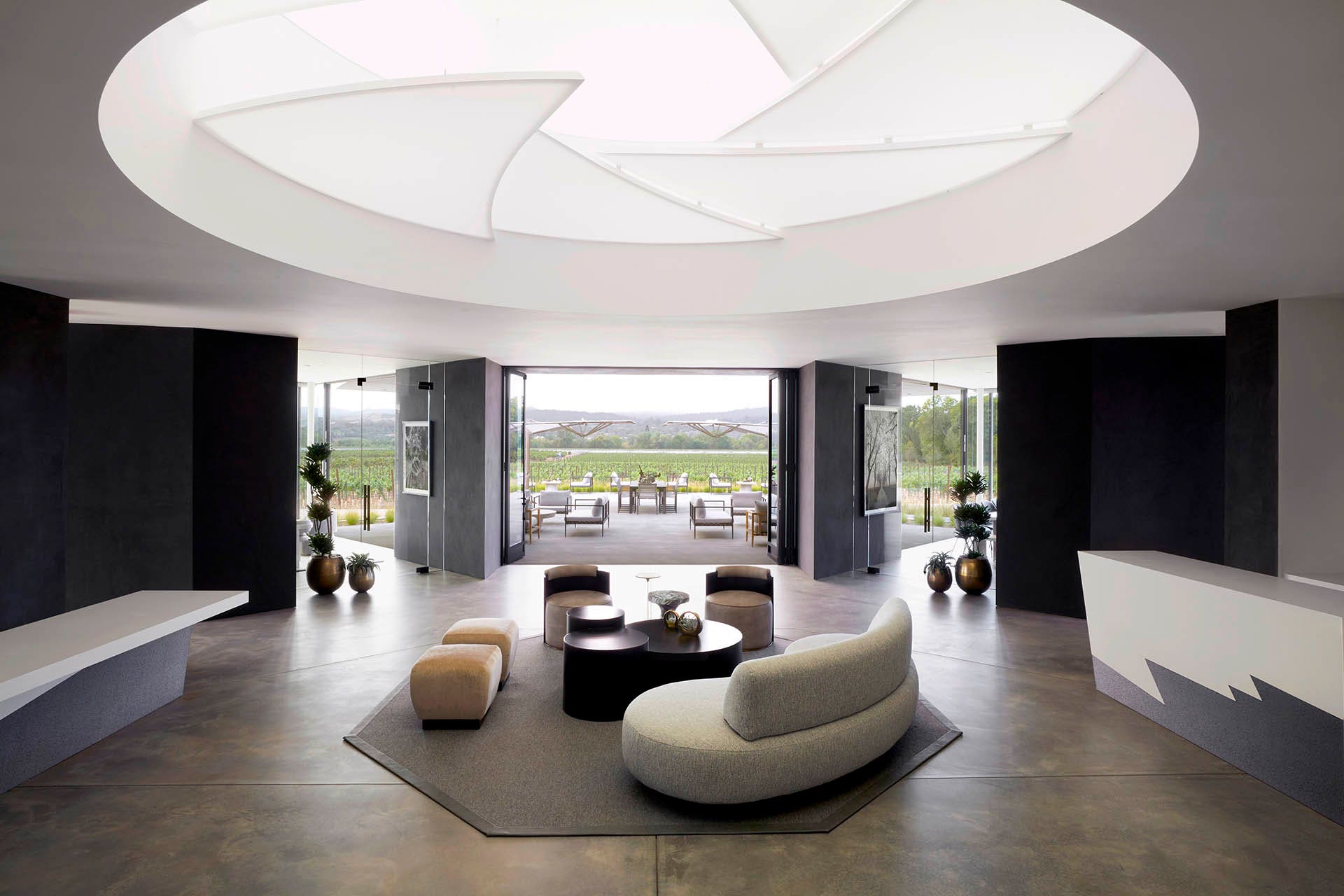 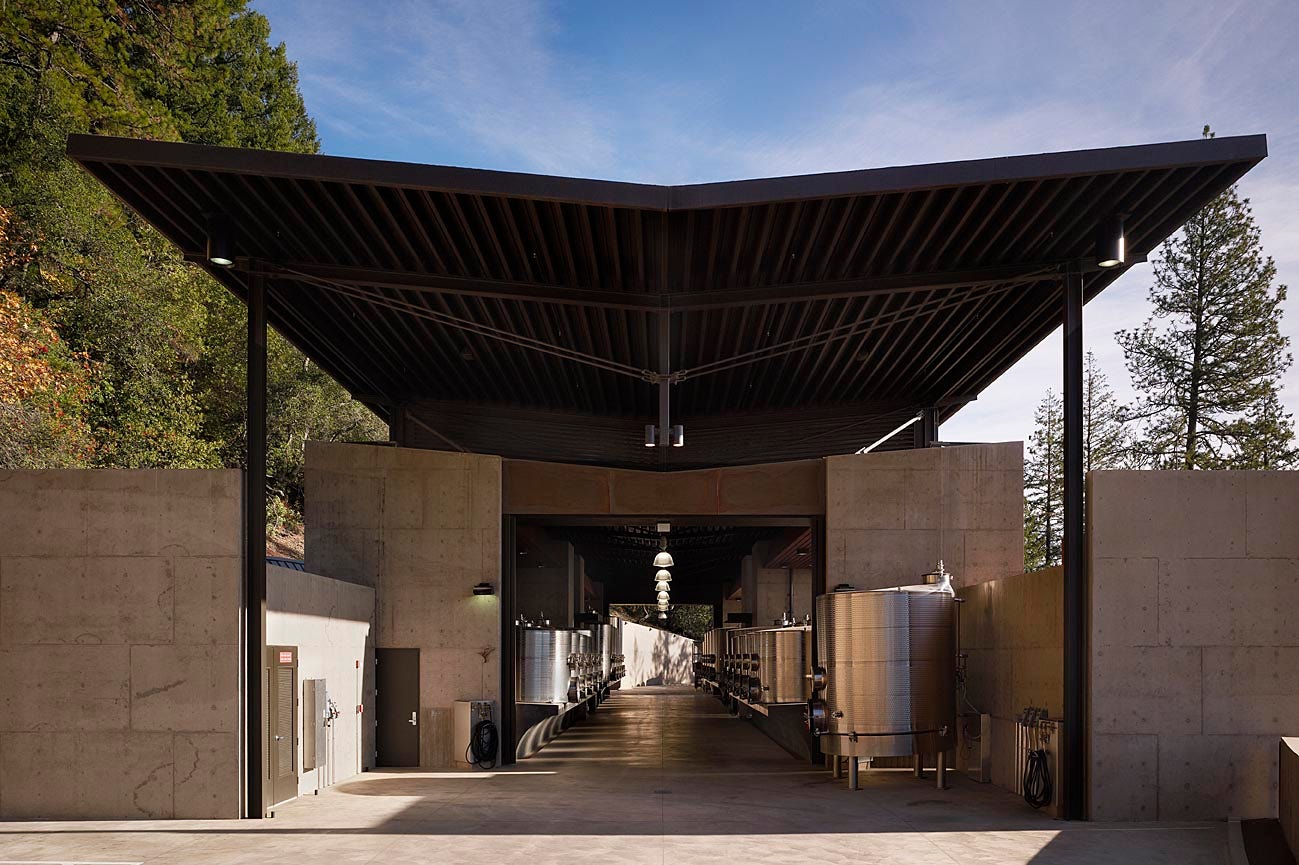 The winery's distinctive roofline has since become the symbol of the Aperture brand. "We designed Cade estate, with its bold forms, to express the bold character of the Howell Mountain site and the wines made there," Fernandez continues. "Odette Estate is set in the Stags Leap region, known for producing wines with softer, more feminine qualities. Our design for the production winery, with its flowing curves, conveys the character of the land and grapes. I am drawn to winery design because, more than any other building type I know of, it is intimately connected to the land." 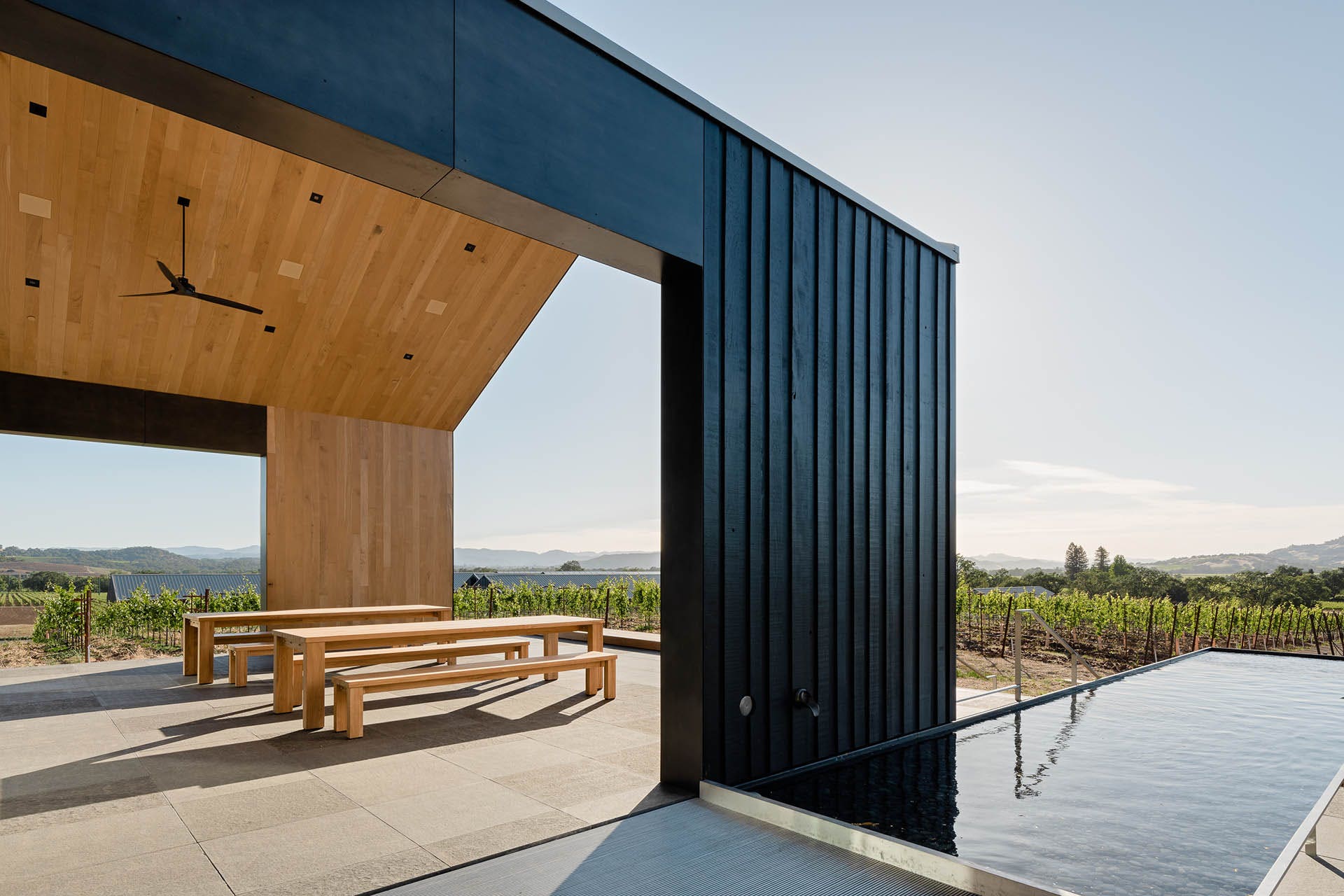 Piechota Architecture"For every project we try to get at the heart of the owner's and winemaker's approach to the making of wine, and reflect that in the architecture," says Daniel Piechota, founding principal of San Francisco-based Piechota Architecture. The buildings his studio designed for Silver Oak's Alexander Valley winery embody that connection. The brand was born in a Napa Valley dairy barn in 1972, prompting Piechota to provide a new spin on a traditional barn form. His team integrated reclaimed and salvaged materials into each structure, including wood cladding repurposed from century-old Mondavi wine tanks. Since Silver Oak focuses on Cabernet Sauvignon aged in American Oak barrels, designers fashioned a stairway in the production department from antique oak wine barrels, even preserving the red stains.  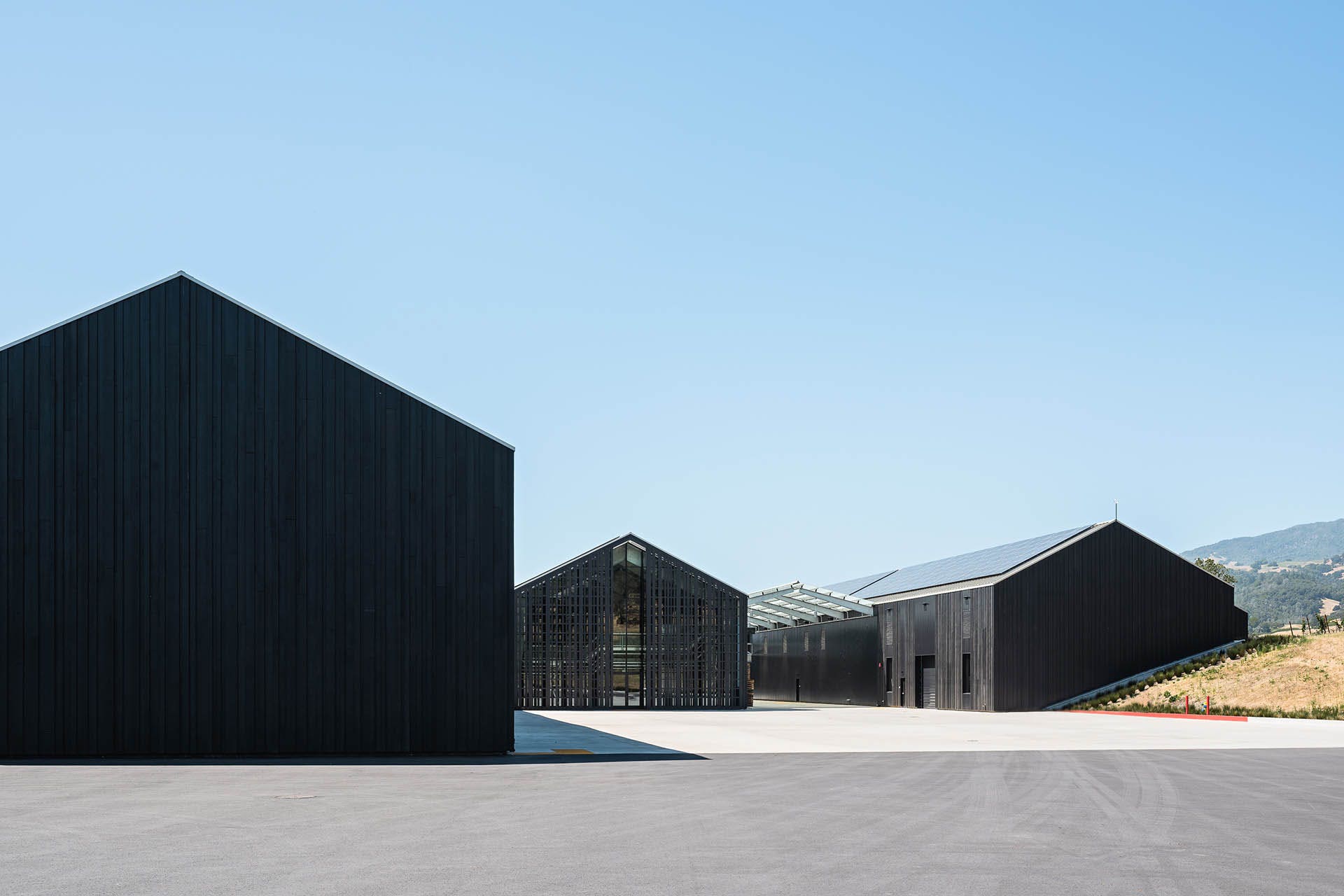 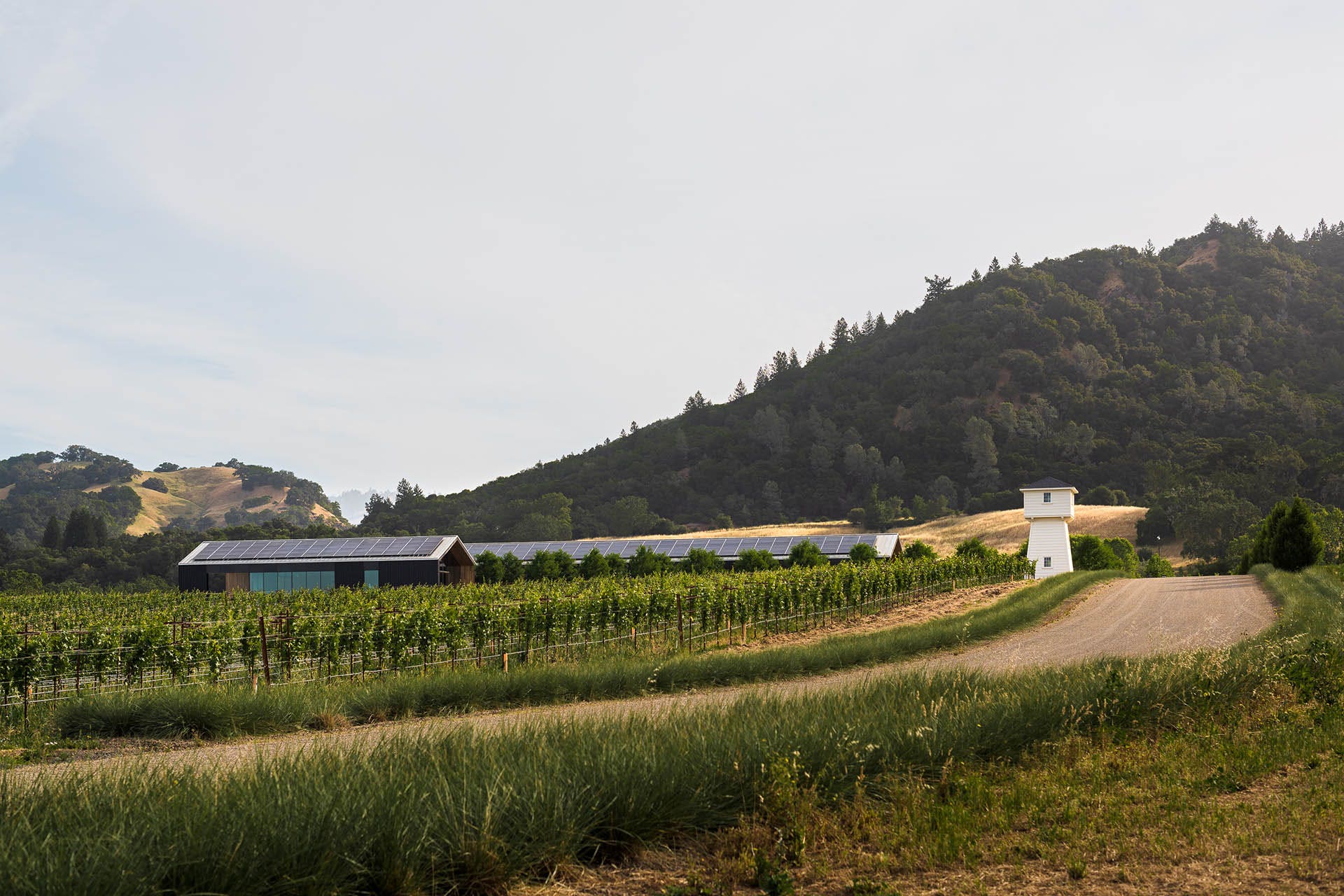 Silver Oak's water conservation and energy-saving strategies include 2,595 solar panels that produce 105% of the facility's annual electric supply. It's the world's first winery to be LEED Platinum certified for building, design and construction. It's also the first manufacturing facility in the world to gain certification as a Living Building by the International Living Future Institute. Nature is a central theme at Silver Oak, and Piechota designed the winery buildings to frame views of the vineyard and embrace the landscape. A curtain wall that rises at end of the production space has a slatted shade screen intended to resemble tree trunks and branches, and a long pool built beside the tasting room adds glittering reflections.  Richard Beard Architects"Wineries take on the character of their owners, winemakers, and products," says Richard Beard, principal of San Francisco-based Richard Beard Architects. "They become in some large measure a physical expression of all these constituencies." "It’s a delightful design problem," he adds. That delight shines through at Theorem Vineyards, where Beard created new facilities inspired by historic agricultural structures in the area.  "Here, we have wines that are 100% Cabernet [Sauvignon] for instance, a lot of it from old vines," says Beard. "That implies a directness and nuanced sophistication that I feel is expressed in the building. Similarly, they produce largely un-oaked whites that are refreshing and direct. A lot of people who visit Theorem comment on the assured character, but not ostentatious presence of, the buildings." Measuring just under 9,000 square feet, the barn-like structure includes an airy, two-story wine production area, an underground barrel room and a visitor center converted from an old chicken coop. Theorem's hospitality program focuses on personalized tastings, and Beard's design highlights those experiences. "Who doesn’t remember their first visits to wineries?" says Beard. "There’s mystery about what goes on in them. A product that fits in a glass you hold in your hand, and a building with spaces of comparatively huge scale—we love to play up the theater in that, make it a story." |
| You are subscribed to email updates from Wine Enthusiast. To stop receiving these emails, you may unsubscribe now. | Email delivery powered by Google |
| Google, 1600 Amphitheatre Parkway, Mountain View, CA 94043, United States | |

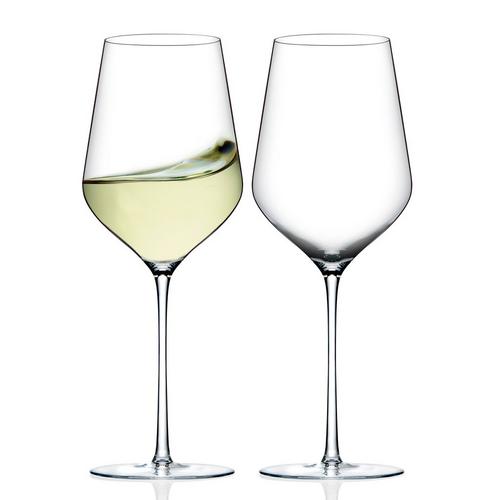
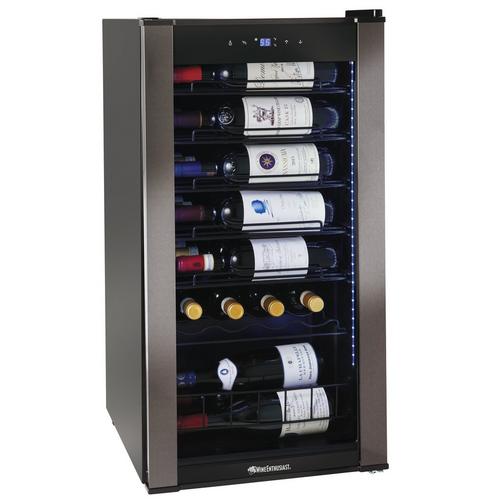
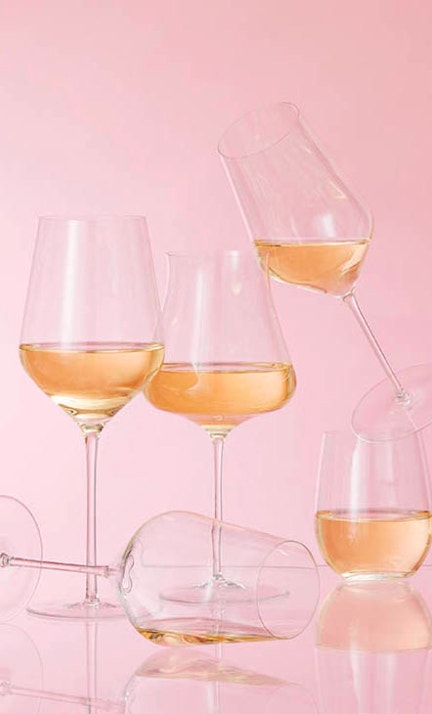
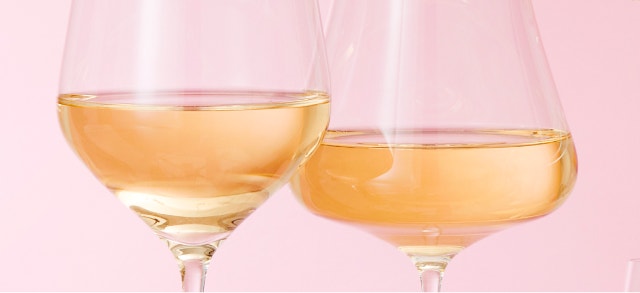














0 comments:
Post a Comment